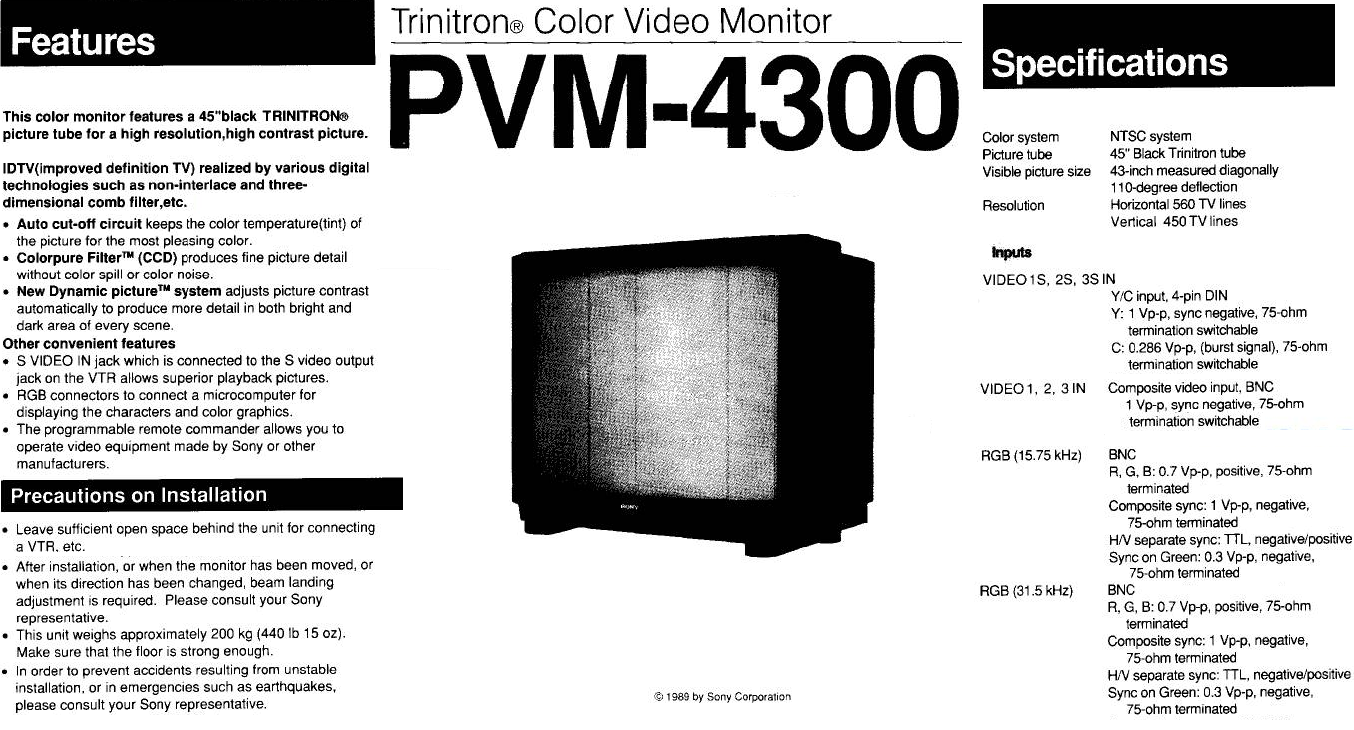Before the plasma, LCD, or OLED TV, the only choice for a truly “big” screen was the rear-projection TV. We never had one, but just like a Lamborghini Countach or LaserDisc player, these massive TVs were aspirational for the children of the 80s and 90s.
TV Size Has Always Mattered
There are two reasons to want a big TV. The first is that you just love TV and want the best experience when watching movies or shows. The second is that you want to show people that you have a big TV. It’s a status symbol that’s still relevant today. If you walk into someone’s home, and they have a 100-inch TV, you’re probably going to assume they mean business.
In Friends Chandler and Joey prize their big-screen TV and leather recliners. In one episode of Seinfeld, Jerry and friends want to buy a big-screen TV for “the Drake” as an engagement present, which they try to get back when the engagement is called off. No matter which way you slice it, a big TV was an idea with plenty of cultural cache.
CRT Size Limits Were Harsh
The first TV we ever had in my house growing up was a 9-inch color Blaupunkt, and by the end of our CRT era, our biggest TV had been a mere 29-inches in size. While CRT TVs would top out at around 40-inches. The biggest ever CRT I could find was the insanely-heavy 440-pound Sony PVM-4300, which offers around 43-inches of screen real estate.
The problem is that CRTs scale poorly, since the electron beam gun has to be a set relative distance from the screen for all the geometry and math to work out. That means the amount of glass in the vacuum tube increases quickly, and before you know it, you need a forklift to move your new TV around. Contrast that with modern flat panels, where you have a pretty linear scale when it comes to weight.
Rear projection TVs allowed for massive screens, by taking a CRT image (later models used a digital projector) and projecting it using mirrors and lenses onto the back of a screen. If you wanted a true big-screen TV, it was rear-projection or nothing.
Early Rear Projection TVs Seemed Like the Future
Rear projection TVs actually date all the way back to the mid 1930s, when maximum CRT tube sizes were even more constrained. These early sets weren’t really reliable, but they set the general template for this approach for getting a bigger image. It wouldn’t be until the 1970s that RPTVs would become truly ready for the public. At least those with deep pockets. By the mid 80s, these big-screen TVs were going strong, but by 2012 rear-projection was dead.
For all those decades between, it really was the only good option for large format-displays in a television-style cabinet. Sure, you could get some sort of home projection system, including a CRT projector that was basically the same thing you’d find inside an RPTV, but with regular front projection. However, as you can imagine, that was even less practical than something you could slot in where your current CRT was standing.
The Experience Did Not Match Expectations
The first time I saw a rear-projection TV in person was a sad day. We had a few family friends who could spring for this sort of luxury, which sometimes meant visiting and watching movies or sport on their large sets. These were still CRT projection TVs as far as I can remember, it being a little too early for the first DLP RPTVs.
What I saw was a dim, fuzzy, and quite unattractive image. Even if you darkened the room as you would for a regular front-projector setup, the image still looked washed out. This was even worse if you went to a store display of TVs, which is why they often had a booth you could sit in to watch the TV without the harsh lights of the store.
No matter which way you slice it, a CRT TV has a sharper, brighter, and overall superior picture than an RPTV. Heck, CRTs look better than most flat panels do today, they’re just much smaller image-wise.
Your Friends Would Still Be Jealous
That said, if I had the money in the late 90s or early 2000s, I would likely have sunk my funds into one of these behemoths as well. In the end, it’s still closer to a home cinema experience than anything barring a front-projector could achieve. I know my friends would have been around our place way more if my parents had lost their minds and bought a big-screen TV like this when I was a boy. I would watch cartoons 100% on one of these behemoths.
Rear Projection Was Almost Great at the End
My Editor-in-Chief here at How-To Geek thinks I’m a little too hard on how disappointing rear-projection was in practice, but then he owned a DLP model, representing the peak of the technology towards the end. While it still didn’t match locking your eyeballs directly on a CRT, it was a big improvement overall. That said, these TVs had shortcomings besides image quality, and were only marginally more practical than the enormous and heavy big screen tube models.
However, with the advent of modern short-throw laser projectors, it almost feels as if the concept of an RPTV could be resurrected to much better effect. If only we could get over our pointless obsession with thin TVs.





